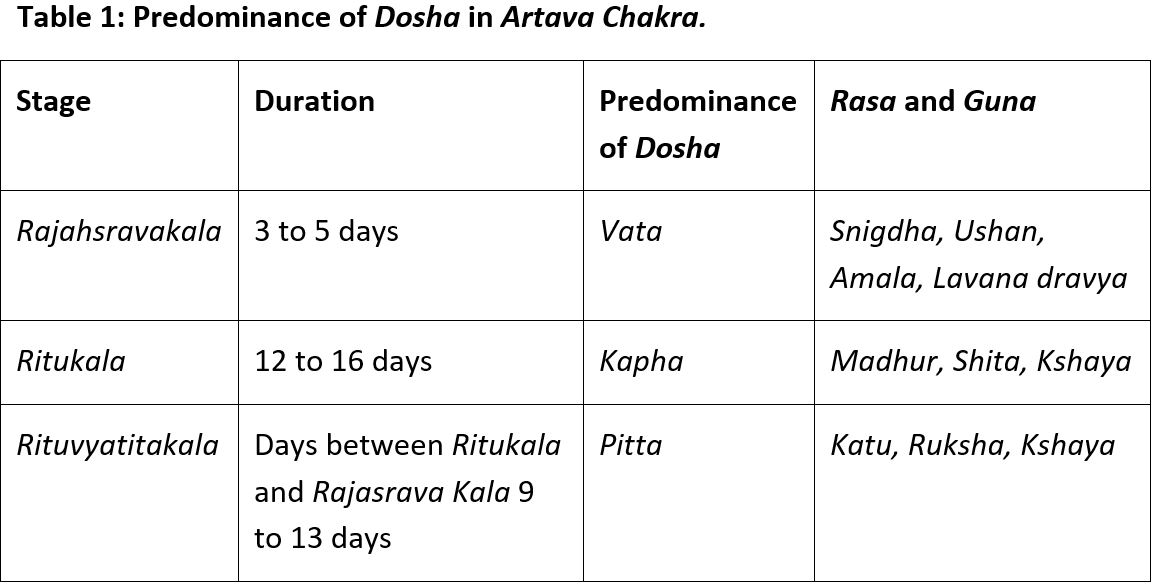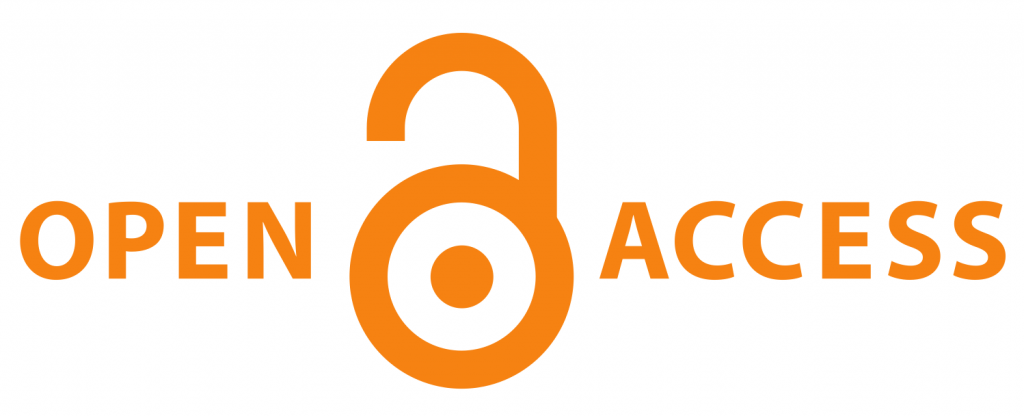Effect of Agni on Artava: A Comprehensive Ayurvedic Analysis
DOI:
https://doi.org/10.21760/jaims.10.7.14Keywords:
Artava, Dhatu, Srotas, Virechana, Basti, Sama, Manda, Tikshna, VishamaAbstract
In Ayurveda, Agni (digestive and metabolic Agni) is the cornerstone of health, governing digestion, nutrient assimilation, and tissue formation. Artava, encompassing menstrual blood, the ovum, and female reproductive health, is intricately linked to Agni as a derivative of Rasa Dhatu (plasma). This abstract explores the profound effect of Agni on Artava, highlighting their physiological and pathological relationships. A balanced Sama Agni ensures optimal Rasa formation, supporting regular menstruation, fertility, and vitality. Imbalances in Agni - Manda (weak), Tikshna (overactive), or Vishama (irregular) - disrupt Rasa and Artavavaha Srotas (reproductive channels), leading to disorders such as amenorrhea, menorrhagia, dysmenorrhea, or infertility. Manda Agni causes Ama (toxin) accumulation, resulting in scanty or absent periods; Tikshna Agni induces excessive bleeding due to Pitta aggravation; and Vishama Agni leads to irregular cycles and pain from Vata imbalance. Ayurvedic interventions, including dietary modifications, herbal remedies (Ashoka, Shatavari, Trikatu), Panchakarma (e.g., Virechana, Basti), and lifestyle practices, aim to restore Sama Agni and nurture Artava. By addressing Agni, Ayurveda offers a holistic framework for managing menstrual and reproductive disorders, with potential for integration with modern gynecological approaches.
Downloads
References
Sharma PV, editor. Charaka Samhita. Varanasi: Chaukhambha Orientalia; 2008.
Bhishagratna KL, editor. Sushruta Samhita. Varanasi: Chowkhamba Sanskrit Series; 1998.
Murthy KRS, editor. Ashtanga Hridaya. Varanasi: Krishnadas Academy; 2010.
Lad V. Ayurveda: The Science of Self-Healing. Twin Lakes: Lotus Press; 1984.
Tewari PV. Ayurvedic Gynecology and Obstetrics. Varanasi: Chaukhambha Orientalia; 2000.
Frawley D. Ayurvedic Healing: A Comprehensive Guide. Twin Lakes: Lotus Press; 2000.
Sembulingam K, Sembulingam P. Essentials of Medical Physiology. 6th ed. New Delhi: Jaypee Brothers Medical Publishers; 2012. p.487.
Sani M. Physiological aspects of Upadhatu and formation of Artava from Rasadhatu [dissertation]. [Place unknown]: [Institution unknown]; [Year unknown].
Konar H, editor. DC Dutta’s Textbook of Gynecology. 8th ed. Kolkata: Jaypee Brothers Medical Publishers; 2015. p.75.
Sembulingam K, Sembulingam P. Essentials of Medical Physiology. 6th ed. New Delhi: Jaypee Brothers Medical Publishers; 2012. p.487.















